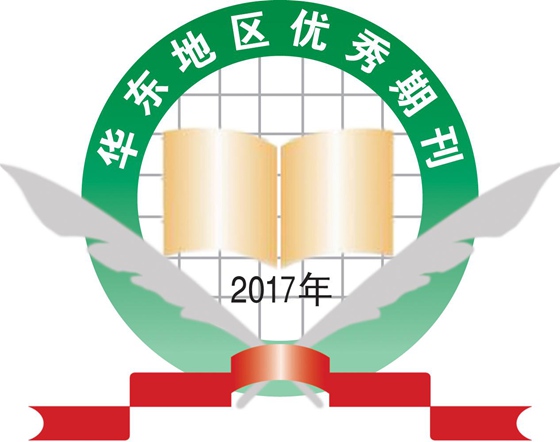Ethnomedicinal, phytochemical and pharmacological updates on Hygrophila auriculata (Schum.) Hiene: An overview
Neeraj K. Sethiya, Nasir M. Ahmed, Raeesh M. Shekh, Vivek Kumar, Pawan Kumar Singh, Vipin Kumar
Journal of Integrative Medicine. 2018, 16(5):
299-311.
doi:10.1016/j.joim.2018.07.002
 Abstract
(
1498 )
HTML
Abstract
(
1498 )
HTML
 PDF
Related Articles |
Metrics
PDF
Related Articles |
Metrics
This article explores the most recent evidence-based information on ethnomedicinal, phytochemical and pharmacological understanding of Hygrophila auriculata for the treatment of various diseases and health conditions. Various ethnomedicinal writings suggest the use of the plant or its parts for the treatment of jaundice, oedema, gastrointestinal ailments, diarrhoea, dysentery, urinogenital disorder, gall stones, urinary calculi, kidney stone, leucorrhoea, rheumatism, tuberculosis, anaemia, body pain, constipation, skin disease, and as an aphrodisiac. The plant has been reported to contain flavonoids (apigenin, luteolin, ellagic acid, gallic acid and quercetin), alkaloids (asteracanthine and asteracanthicine), triterpenes (lupeol, lupenone, hentricontane and betulin), sterols (stigmasterol and asterol), minerals, amino acids, fatty acids, aliphatic esters and essential oils. Extracts and bioactive compounds from the plant have been found to possess antimicrobial, anthelmintic, antitermite, nephroprotective, hepatoprotective, central nervous system protective, antitumour, antidiabetic, anticataract, antioxidant, haematopoietic, diuretic, antinociceptive, anti-inflammatory, antipyretic, antimotility, aphrodisiac, neuroprotection, anti-endotoxin and anti-urolithiatic activities. For this paper, we reviewed patents, clinical studies, analytical studies and marketed formulations from the earliest found examples from 1887 to the end of 2017.
 Table of Content
Table of Content














